For more than eight decades, the National Film Board has been telling Canadian stories through the eyes of filmmakers and artists from all across the country. These works are not only preserved and restored by the NFB; they’re digitized and accessible for viewing here and around the world. A large portion of the collection, comprising more than 7,000 works and referred to as a “living” archive because it’s constantly growing, can be viewed online at nfb.ca.
The NFB’s conservation and digitization rooms are like a garden, tended to daily by some 15 experts who, since the fall of 2019, have been working in a new building at 4725 Cousens Street in the Montreal borough of Saint-Laurent. The facility, with more than 2,620 cubic metres of storage space, houses some 190,000 filmmaking-related items along with photographs and artifacts.
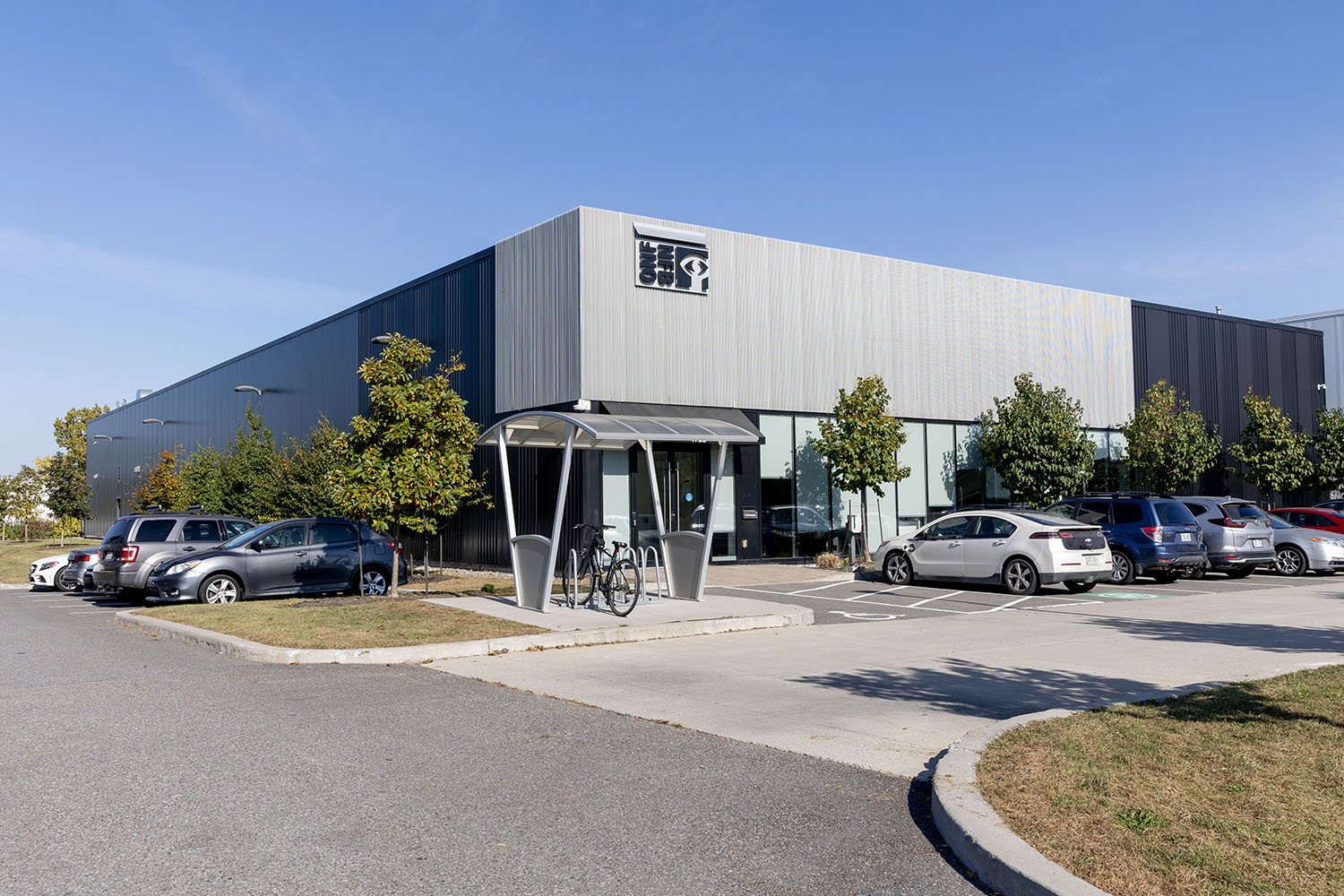
The NFB is internationally recognized in the fields of audiovisual conservation, restoration and digitization. The institution has digitized 82% of the more than 14,000 works in its collection. This colossal task continues as the NFB works to preserve its current and future productions. By keeping track of new technology, investing in research and development and partnering with Canadian and international public and private sector organizations, the NFB is implementing the technologies needed to preserve this constantly expanding, accessible, living archive of works.


The Cousens street building houses more than 190,000 filmmaking-related items of all kinds in three rooms, including 16-mm and 35-mm reels and various types of cassettes, such as video cassettes, Digital Betacam, and more.
Tens of thousands of production stills and other photos documenting the history of the NFB are also stored there.
In addition to these items, various types of artifacts are preserved in another room:
- Equipment: cameras, projectors, Moviolas, Sprocketape (a predecessor to the portable tape recorder, invented in the 1950s by Chester Beachell at the NFB for recording sound).
- Production items: glass display cases of animated films, puppets, drawings (such as those from the film The Hat by Michèle Cournoyer) and props.
- Awards: Canadian Screen Awards, Gémeaux, Boomerang, Numix, Palme d’Or certificate, Oscar®.
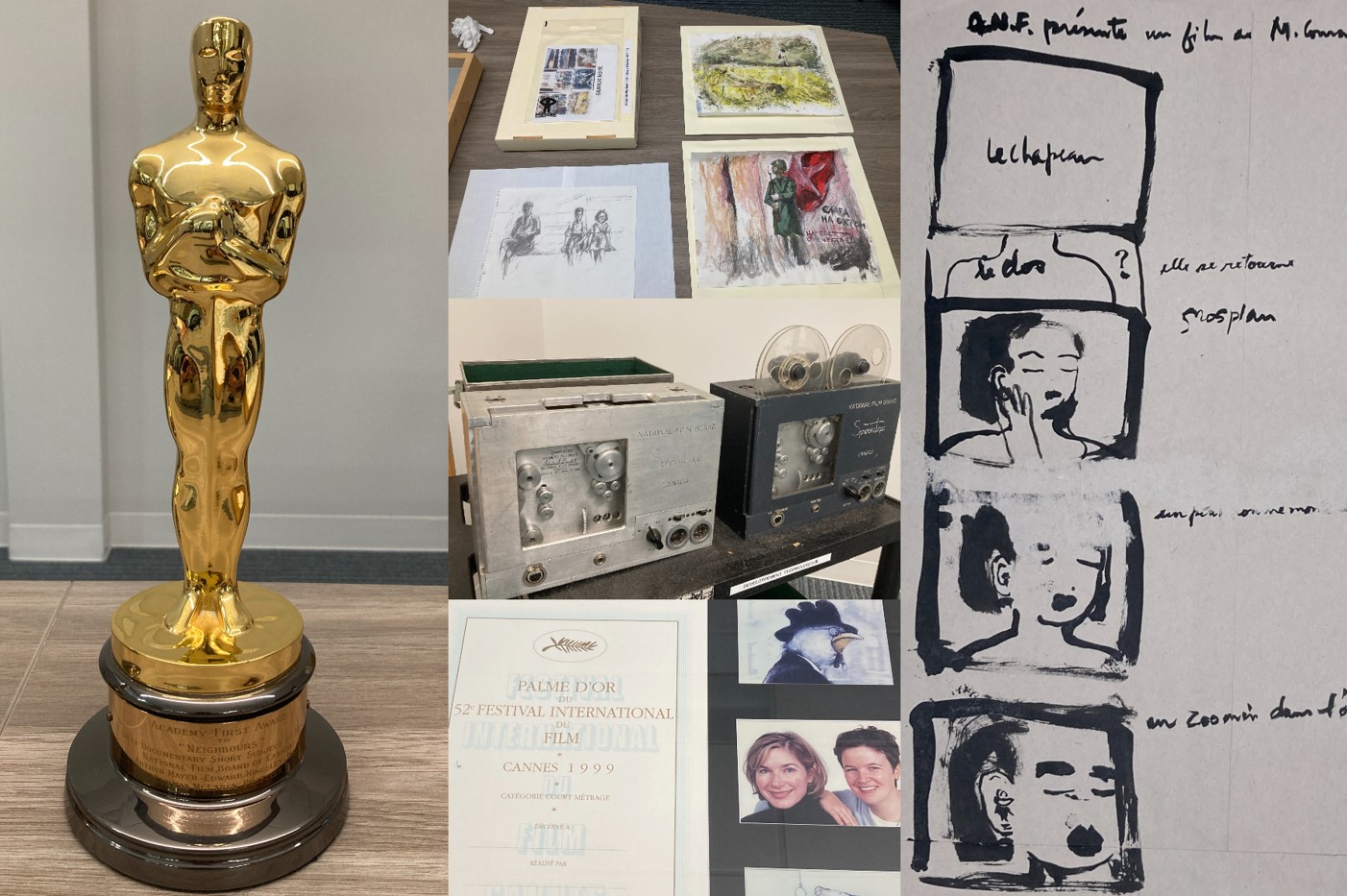
The NFB has very high standards for preserving and protecting its works. Its unique collection represents Canada’s film and audiovisual heritage, and no effort has been spared to ensure its durability and accessibility for future generations. In accordance with the NFB’s golden rules of archiving, a duplicate of every media asset in its collection is kept at a remote second site in a former mine, a mirror of the collection at the Cousens building. Its underground location provides exceptional archiving conditions. The NFB also stores IMAX® productions at this site rather than at its usual conservation rooms.
Other media assets are housed at Library and Archives Canada, particularly 35-mm prints dating to before the NFB’s conservation rooms were centralized in the mid-1990s.
Finally, the NFB head office at Îlot Balmoral in Montreal serves as a second archive site for “born-digital” productions thanks to its high-speed connection and storage technology.
In recent years, the NFB has implemented its four golden rules of long-term archiving:
- Put a process in place that continuously checks the integrity of the stored data.
- Choose open-file formats in order to avoid frequent data migrations.
- Proactively anticipate the obsolescence of the storage hardware.
- Keep two copies of every media asset on two very different storage technologies, in two completely different locations.

Digitization requires specialized equipment and expertise working with film stock, both of which are increasingly hard to find. It is also time-consuming. For example, a 35-mm feature documentary with a running time of 2.5 hours takes triple that—7.5 hours—to digitize.
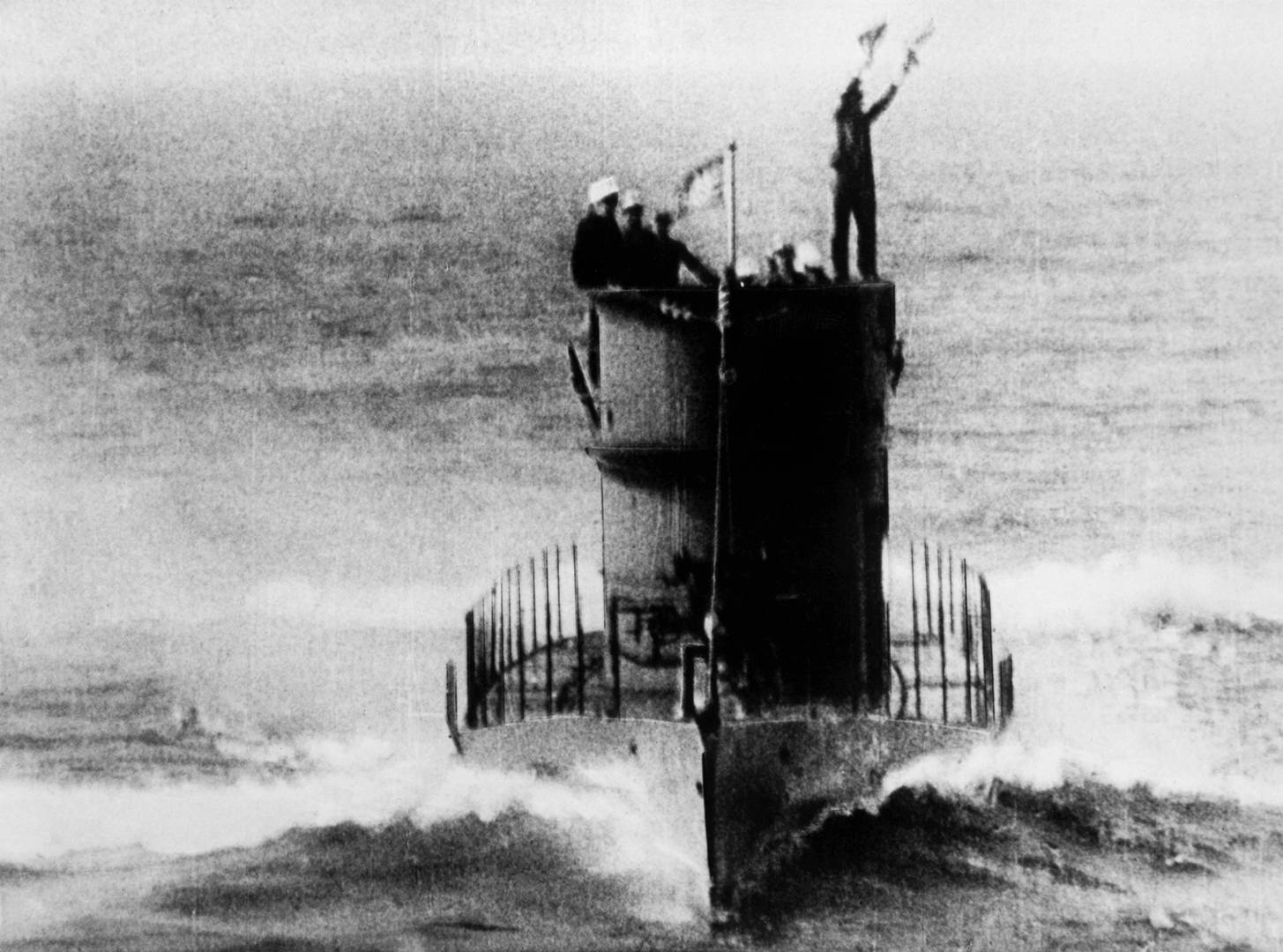
The restoration process requires in-depth knowledge of the era in which the film was made to improve its condition without altering it. For example, restoring the documentary Churchill’s Island (1941, 21 min), the NFB’s first Oscar®-winning film, required extensive research. Correcting details and imperfections took about 60 hours.
The NFB augments its expertise by collaborating with a number of Canadian and international partners to continue to preserve and promote its rich and constantly evolving collection. Its partners include:
- ARRI (Germany): In 2013, this partnership enabled upgrading of the NFB’s ARRISCAN digitizing system with the Archive Gate module for 16-mm film, which includes built-in stabilization software that optimizes the scanning process.
- Atempo (France): After an initial partnership in 2010 to digitally archive all of the NFB’s audiovisual assets using the Atempo Digital Archive, this collaboration was renewed in 2019 for another 10 years to integrate Atempo’s new features and help manage audiovisual production and distribution at the NFB.
- Rhizome (United States): This technical collaboration, announced in 2018, is intended to provide sustained access to more than 100 interactive productions and web-based artworks in the NFB’s collection using Webrecorder, an open-source archiving platform initiated by Rhizome. The NFB is contributing to its development. This partnership aims to produce significant enhancements to Webrecorder to meet the needs of the NFB and the industry.
- Sony (Japan): The goal of this technical partnership is to integrate optical archiving technology into the Atempo Digital Archive solution.
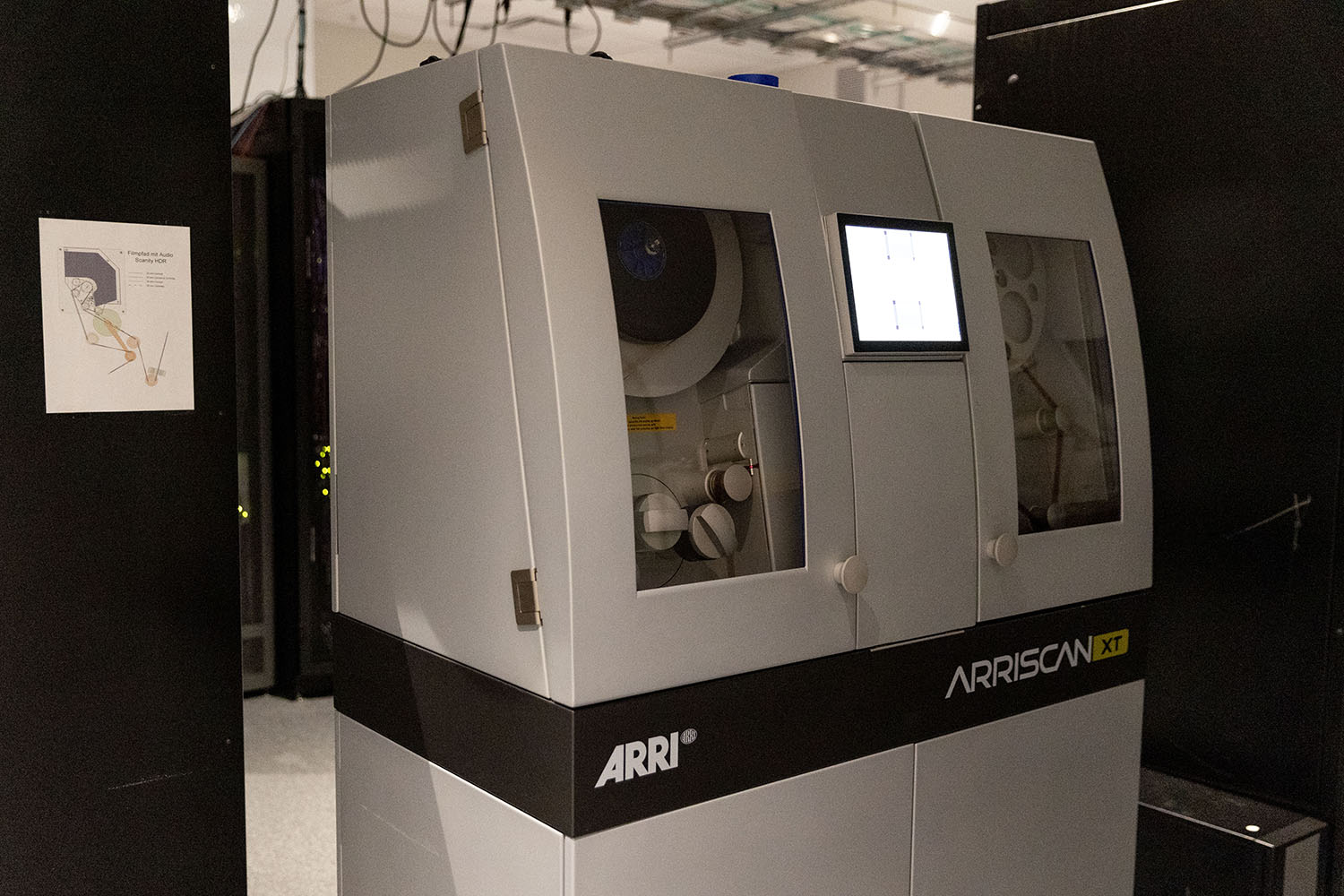
4725 Cousens Street, Montreal (borough of Saint-Laurent)
- Area:
Building overall: 29.81 m wide and 59.8 deep with a ceiling height of 7.3 m.
Conservation rooms: 6.7 m ceiling height with shelving up to 4.3 m high, resulting in storage capacity in excess of 2,620 cubic metres.
By comparison, the former conservation rooms at 3155 Côte-de-Liesse Road had a volume of just over 4,000 cubic metres.
- Number of items preserved:
More than 190,000 filmmaking-related items (reels, cassettes, etc.), tens of thousands of still photographs and many artifacts (production materials, drawings, awards, etc.).
- Number of employees working in the building:
Around 15.
- Digitization equipment:
2 film digitizers;
1 sound digitizer;
1 robotic archiving system;
and all laboratory equipment.
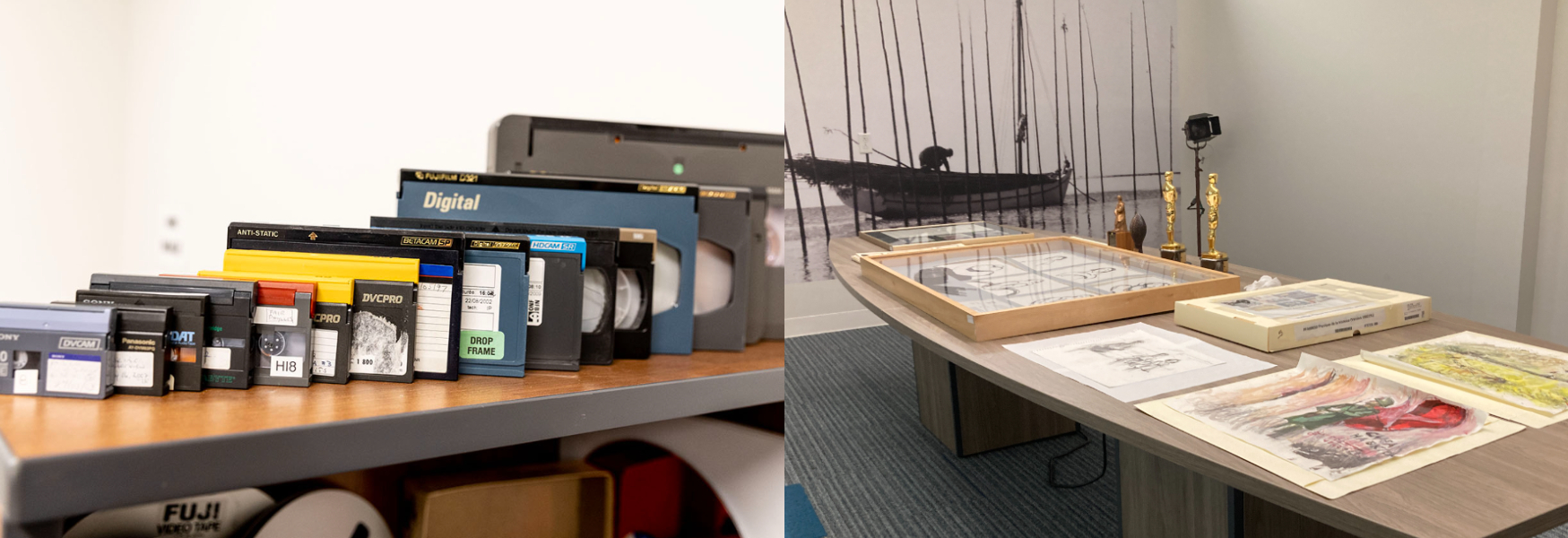
- Also stored here are archival films produced prior to the creation of the NFB in 1939, by the Canadian Government Motion Picture Bureau (dissolved in 1941), such as:
- The site of the former NFB head office at 3155 Côte-de-Liesse Road, Saint-Laurent, was selected to house all operations, including conservation rooms, a shooting stage and laboratories. It was inaugurated in 1956.
- A 1967 warehouse fire in Kirkland resulted in the loss of 60,000 film cans, or 13 million metres of film shot by the NFB between 1940 and 1952. The warehouse was used to store the highly flammable nitrate film stock away from the NFB’s other operations. In all, good-condition 35-mm prints of 2,150 films were lost. For many of these films dating from the Second World War, only well-worn prints now remain.
- To minimize the risk of loss and implement industry best practices, the conservation rooms were centralized in the mid-1990s. This allowed the collection to be properly inventoried and stored under appropriate conditions, such as in refrigerated and humidity-controlled rooms.
- The NFB developed new film cans in the late 1990s thanks to an initiative led by Ed Zwaneveld, Head of Research and Development, in partnership with STIL, a company from Quebec City, to replace the archive’s cardboard and older metal containers. Designed to meet the highest film-conservation standards, the cans are made of polypropylene to protect films from degradation, dirt and foreign matter. They are easily identifiable by their moulded shape, which promotes air flow, and are available in different colours. Today they are sold around the world.
- John Coltrane’s only known film soundtrack contains eight interpretations of classic compositions specially recorded in 1964 for Gilles Groulx’s iconic feature film The Cat in the Bag. It was rediscovered as the film was being made available online at nfb.ca. Careful preservation by the NFB’s specialists in Montreal ensured that the sound quality was sufficient for the recordings to be released as the album Blue World on the Impulse! record label in September 2019.
- The NFB’s collection continues to inspire today’s filmmakers. For example, Luc Bourdon created The Memories of Angels (2008) entirely from 1950s and 1960s NFB films, and his documentary The Devil’s Share (2017), a new and unique look at the Quiet Revolution in the 1970s, used clips from nearly 200 films in the collection.
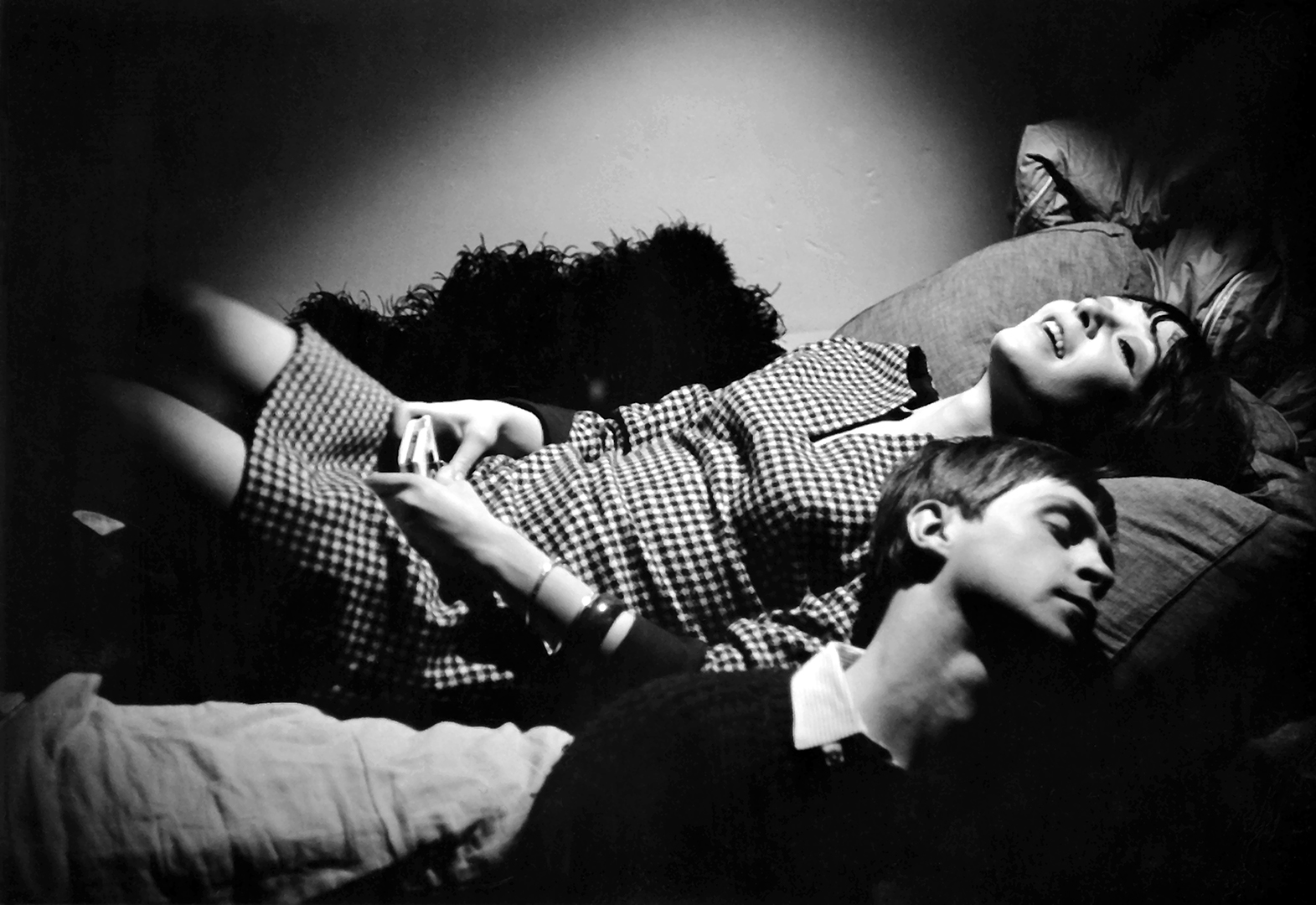
Scene from the film The Cat in the Bag.
Contact the NFB publicist for high-resolution images for print.
-
About the NFB
For more than 80 years, the National Film Board of Canada (NFB) has produced, distributed and preserved those stories, which now form a vast audiovisual collection—an important part of our cultural heritage that represents all Canadians.
To tell these stories, the NFB works with filmmakers of all ages and backgrounds, from across the country. It harnesses their creativity to produce relevant and groundbreaking content for curious, engaged and diverse audiences. The NFB also collaborates with industry experts to foster innovation in every aspect of storytelling, from formats to distribution models.
Every year, another 50 or so powerful new animated and documentary films are added to the NFB’s extensive collection of more than 14,000 titles, half of which are available to watch for free on nfb.ca.
Through its mandate, its stature and its productions, the NFB contributes to Canada’s cultural identity and is helping to build the Canada of tomorrow.